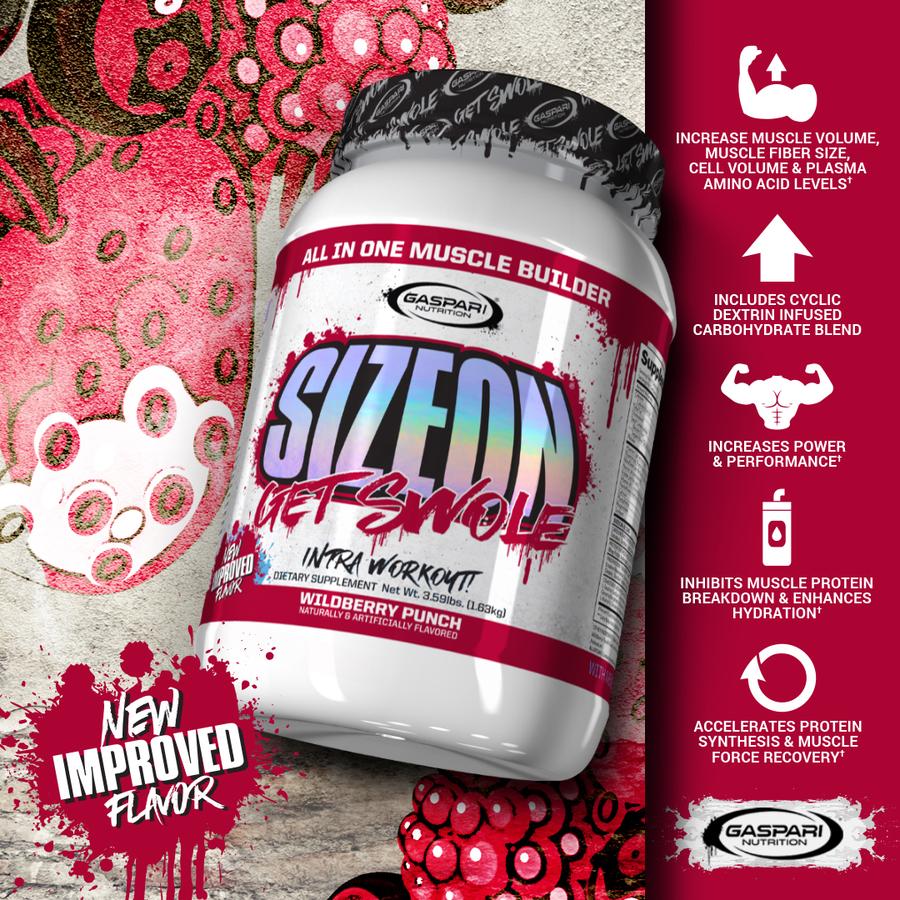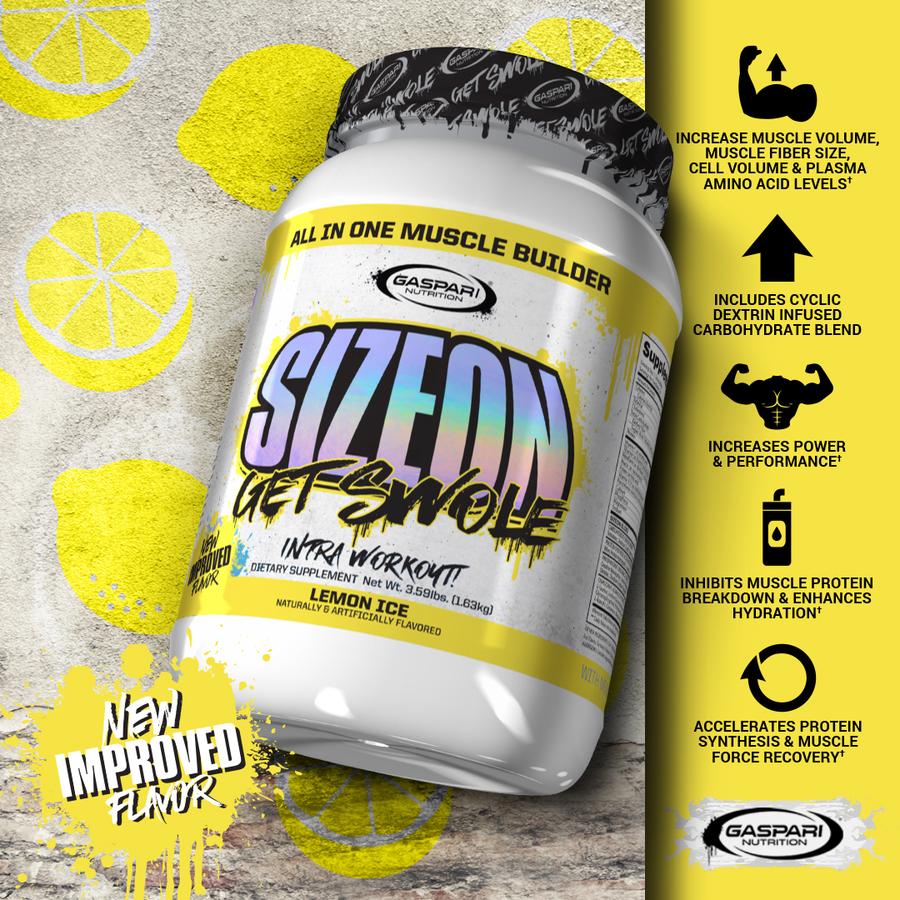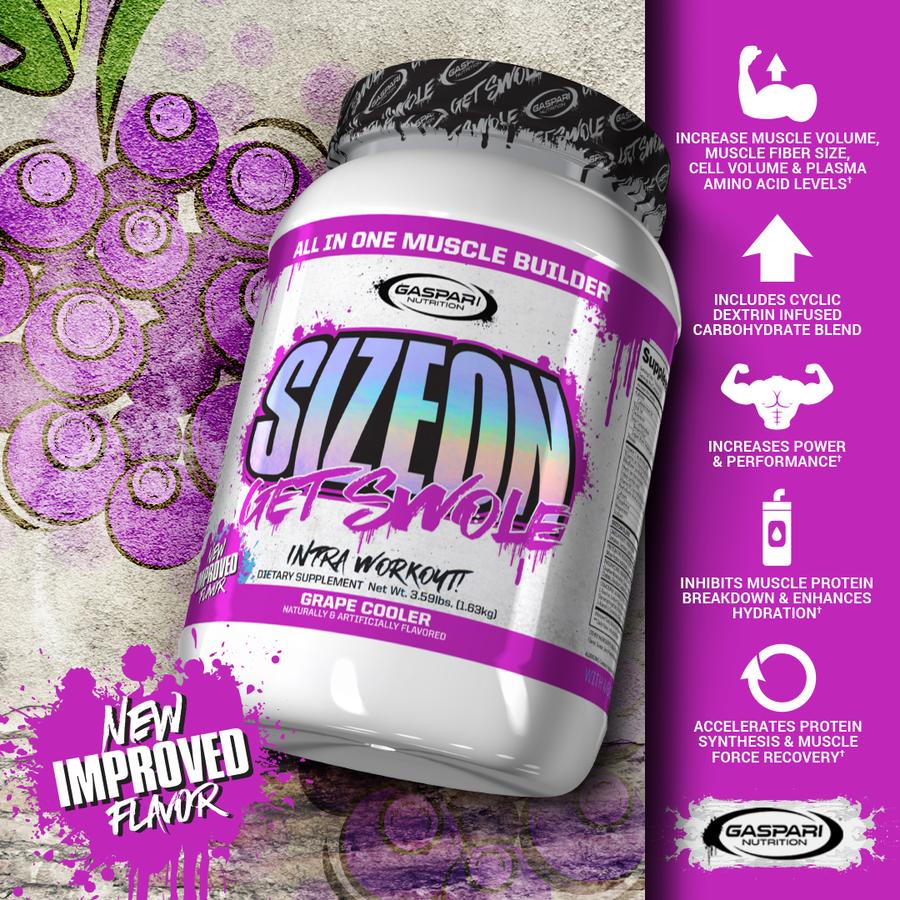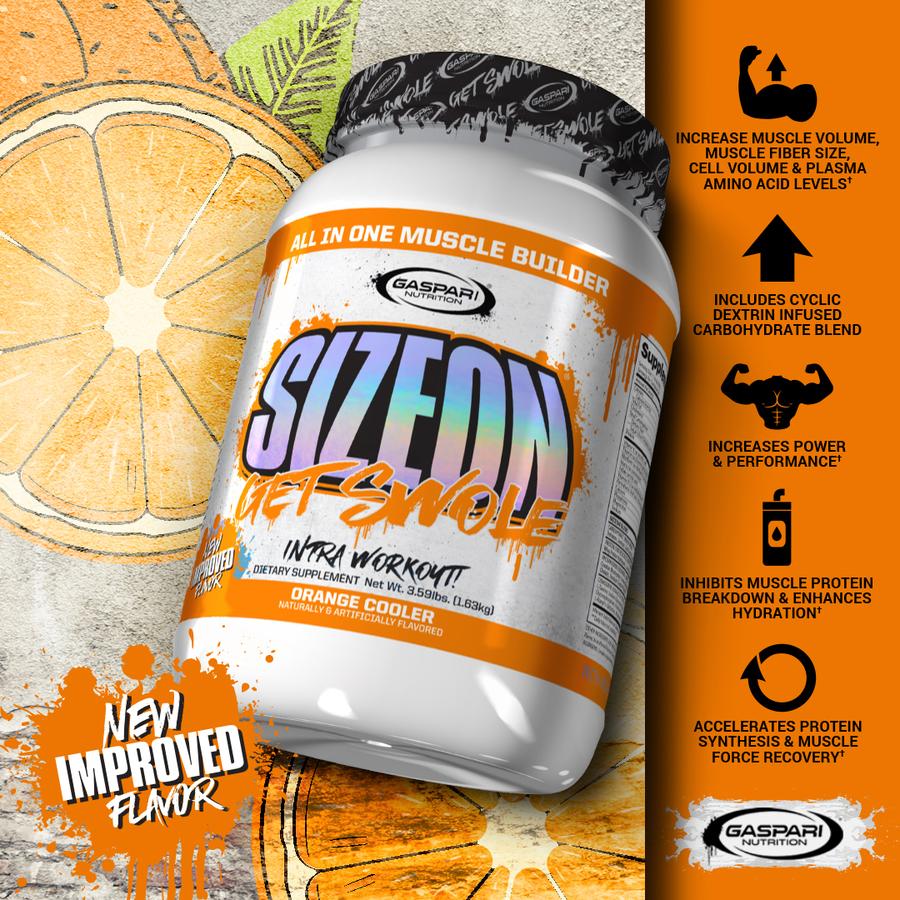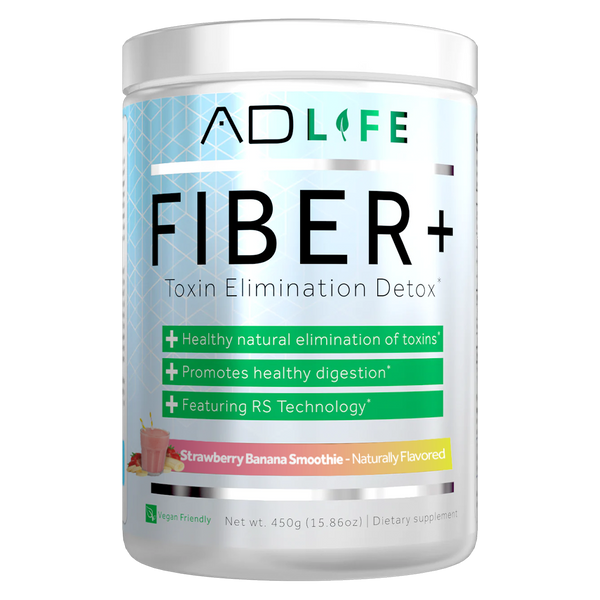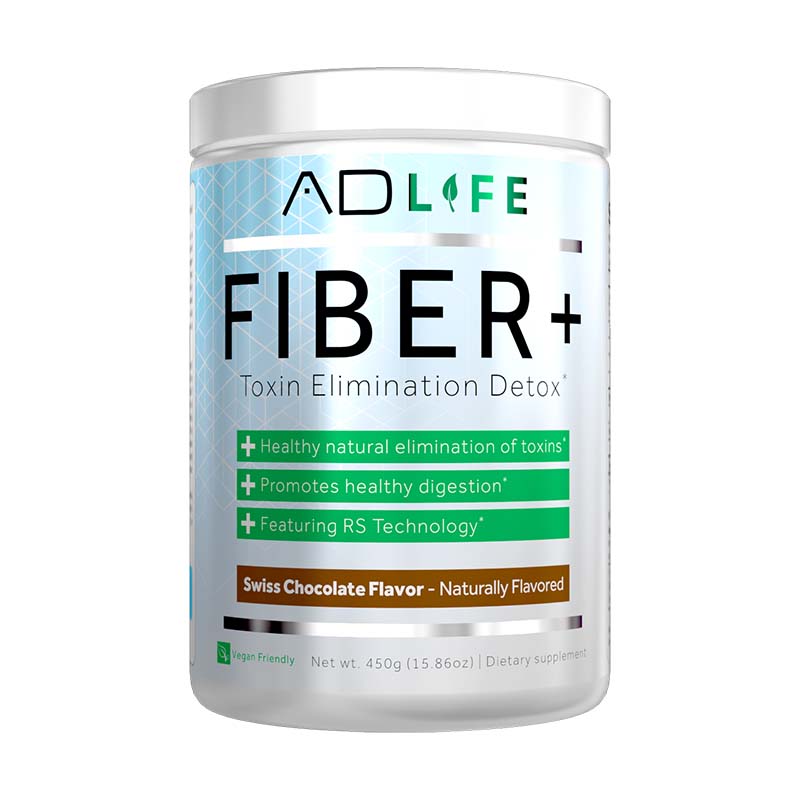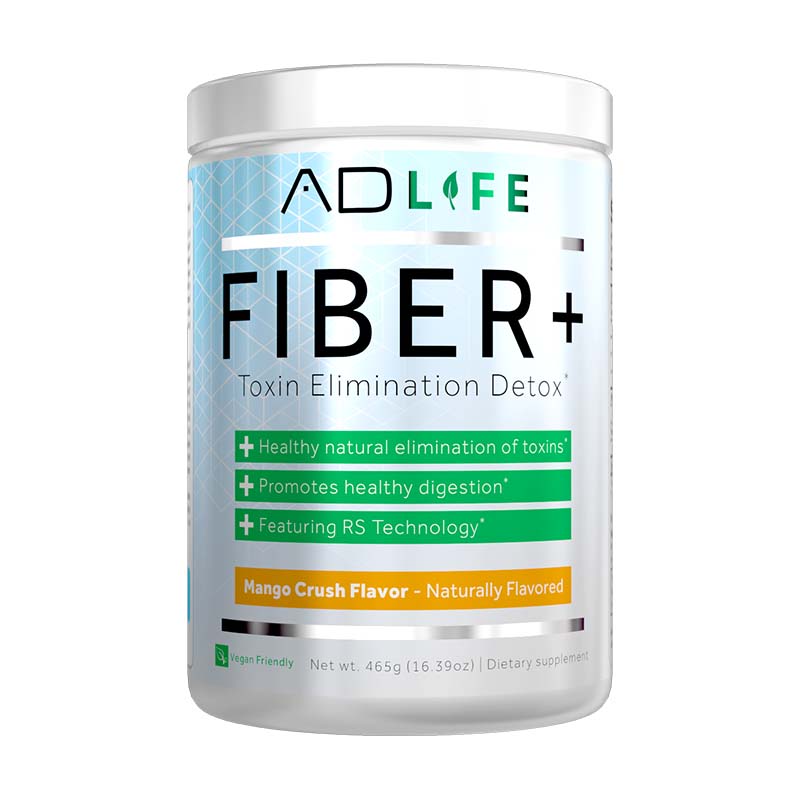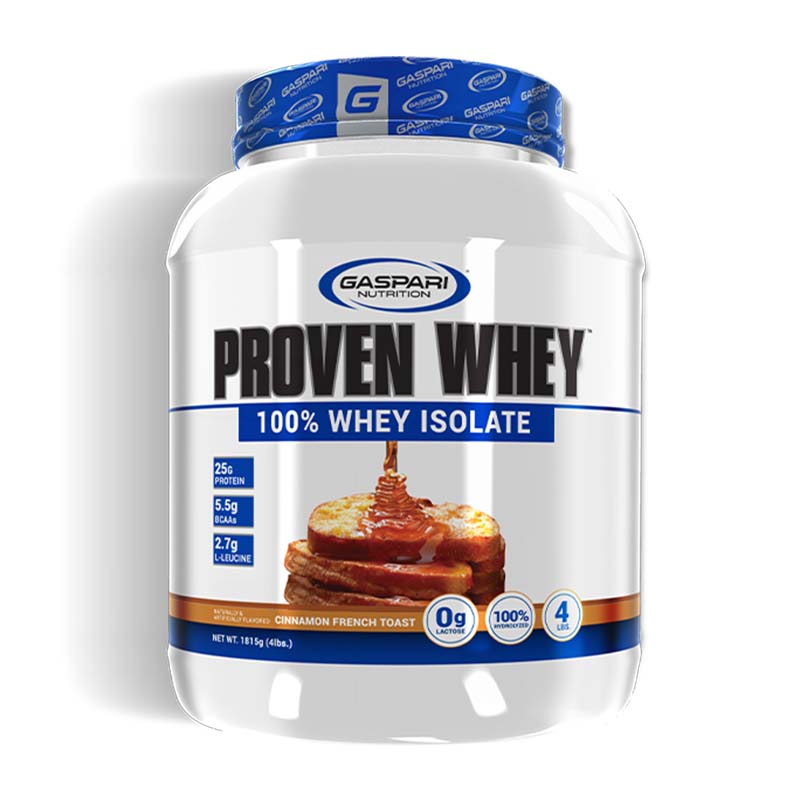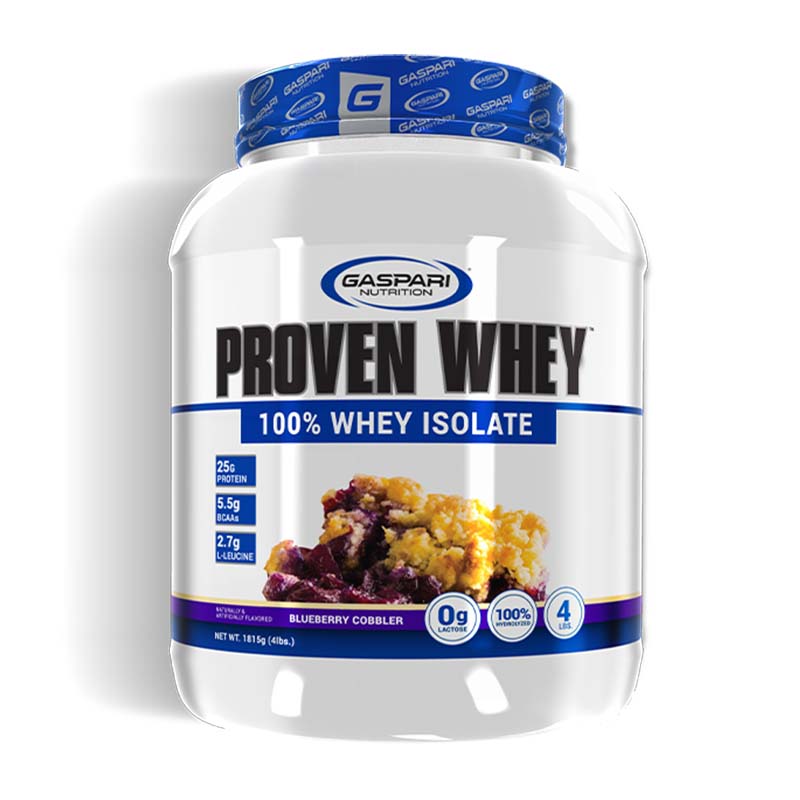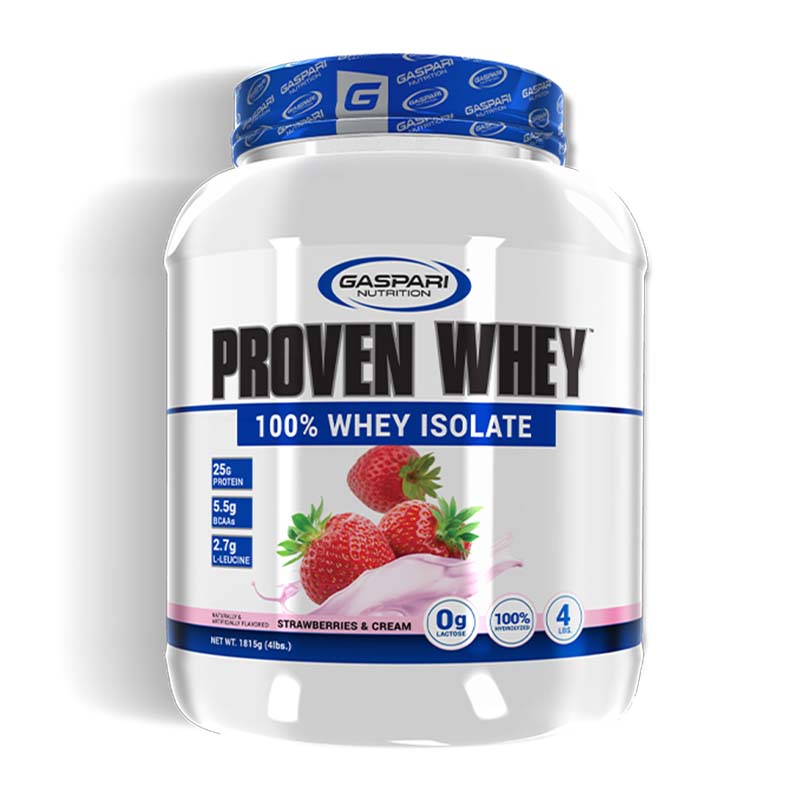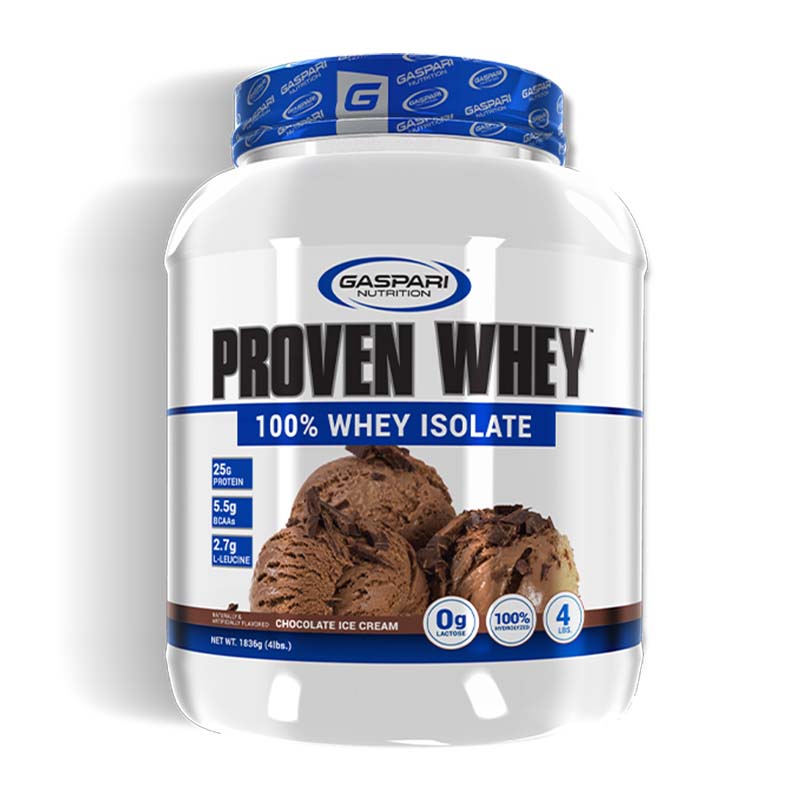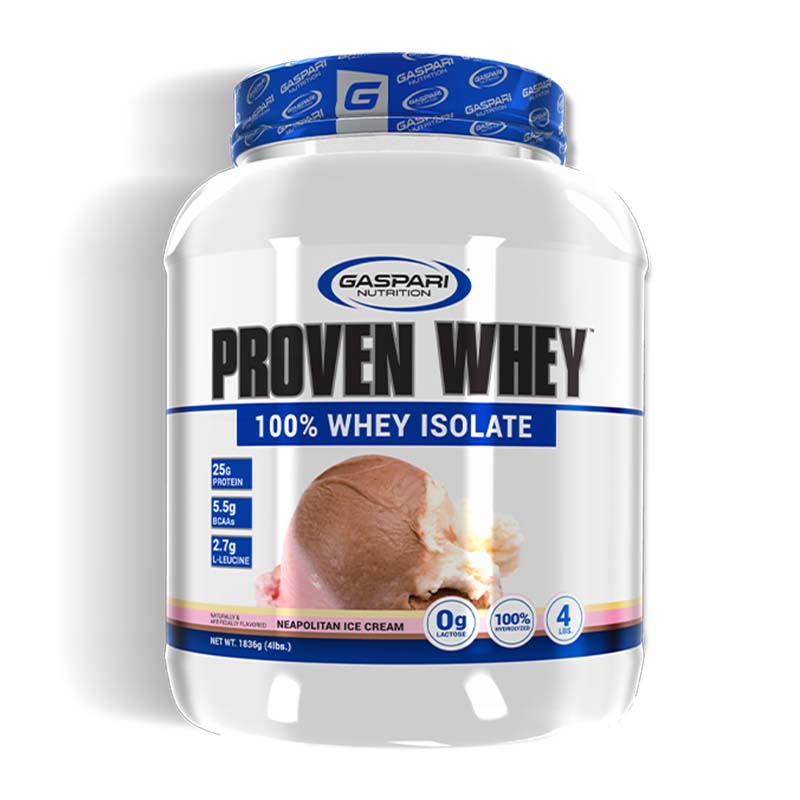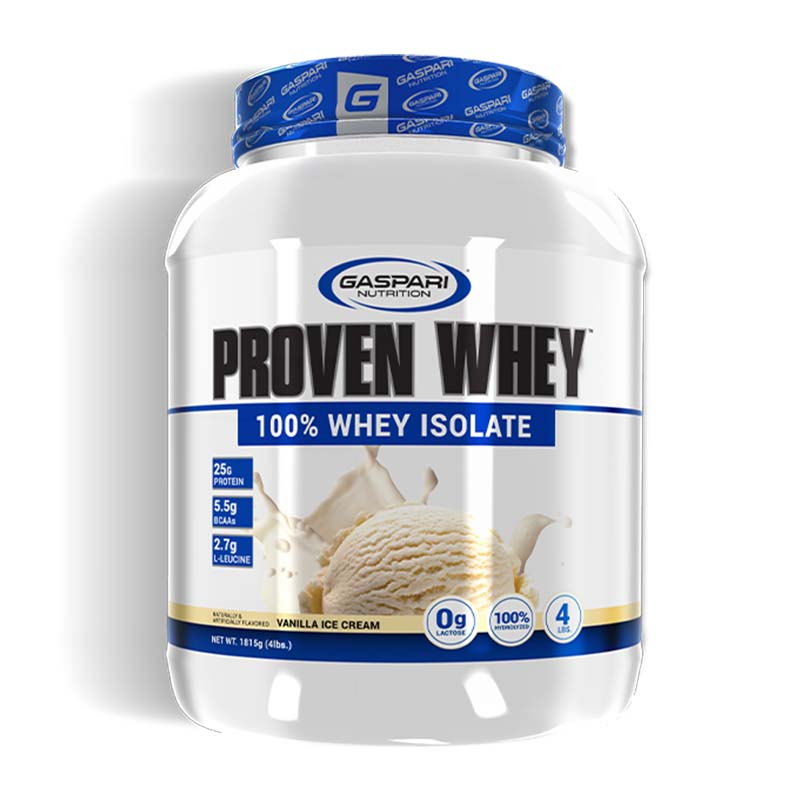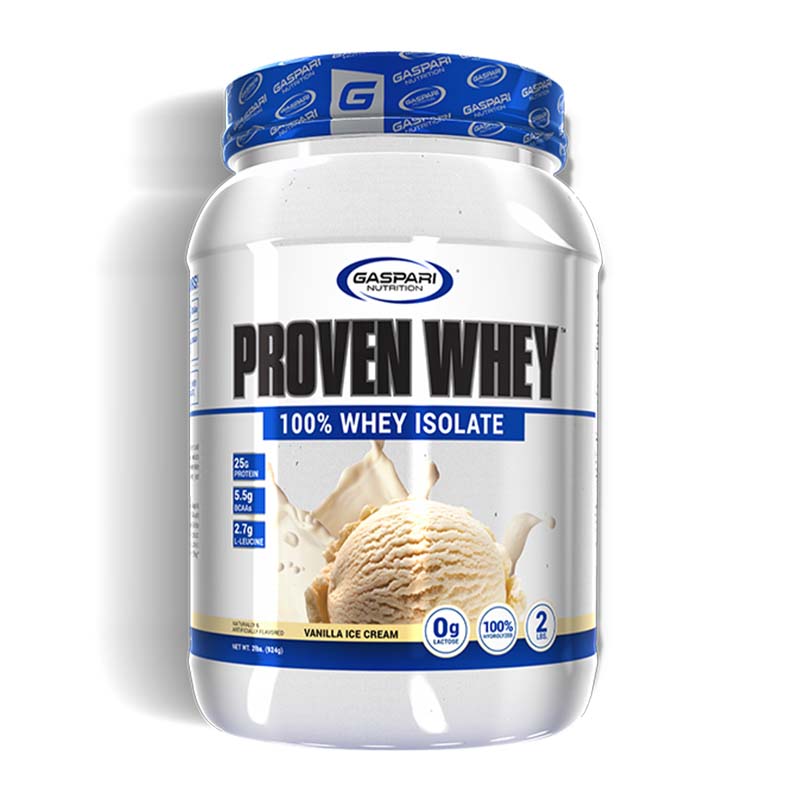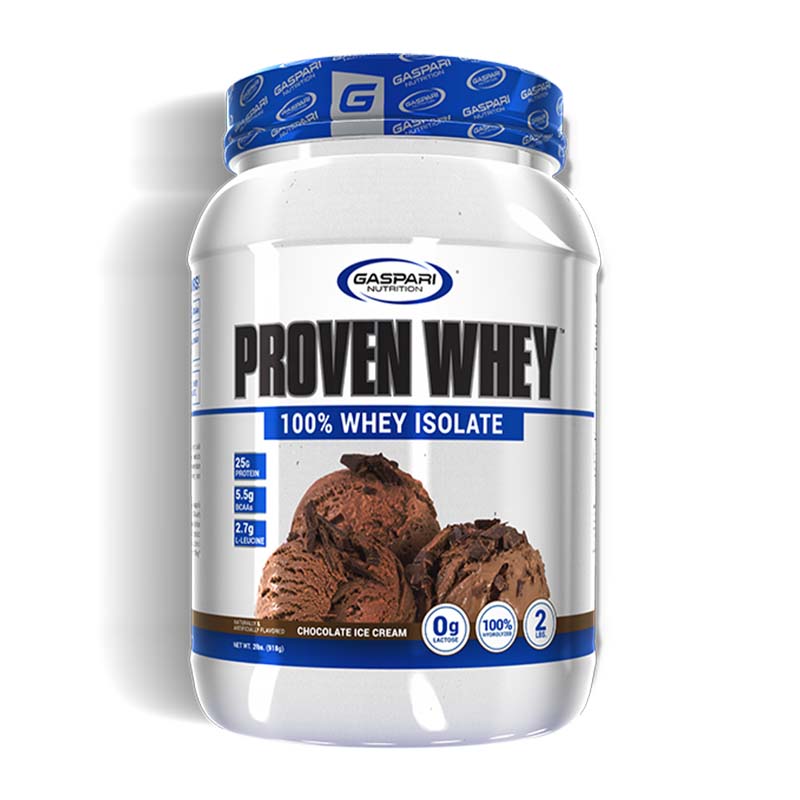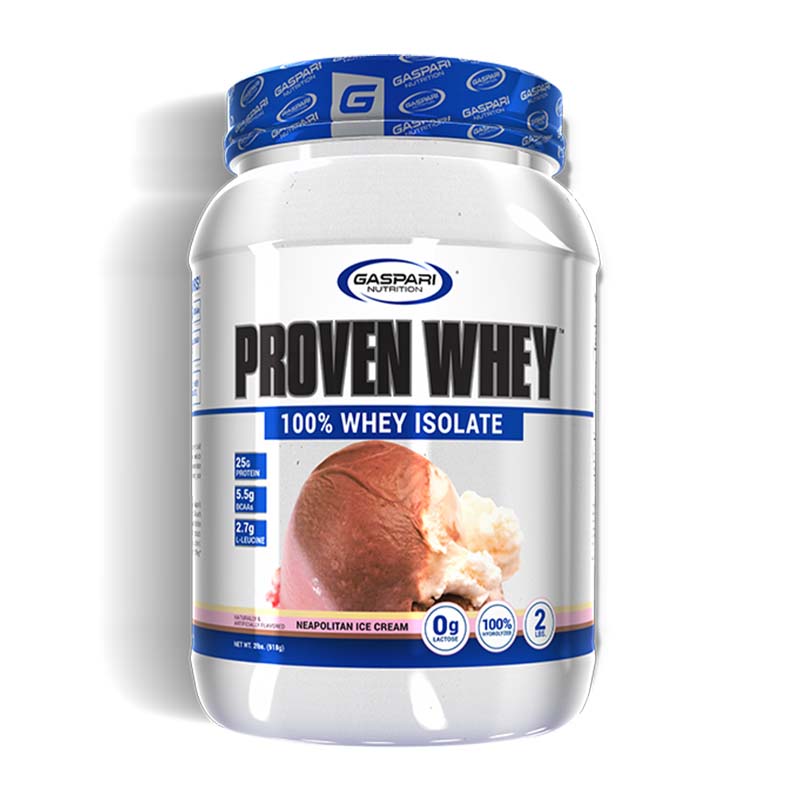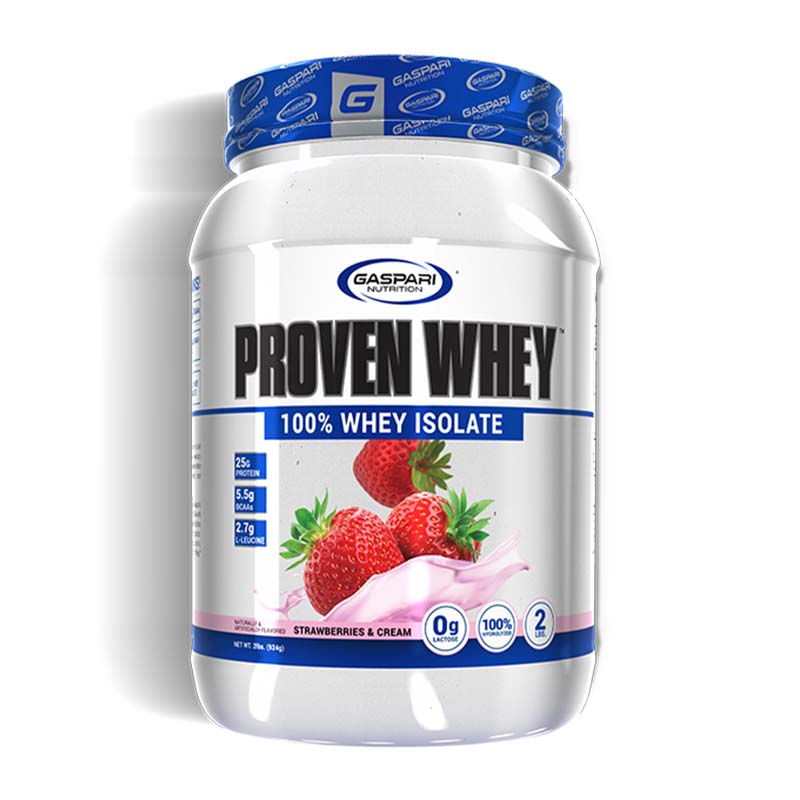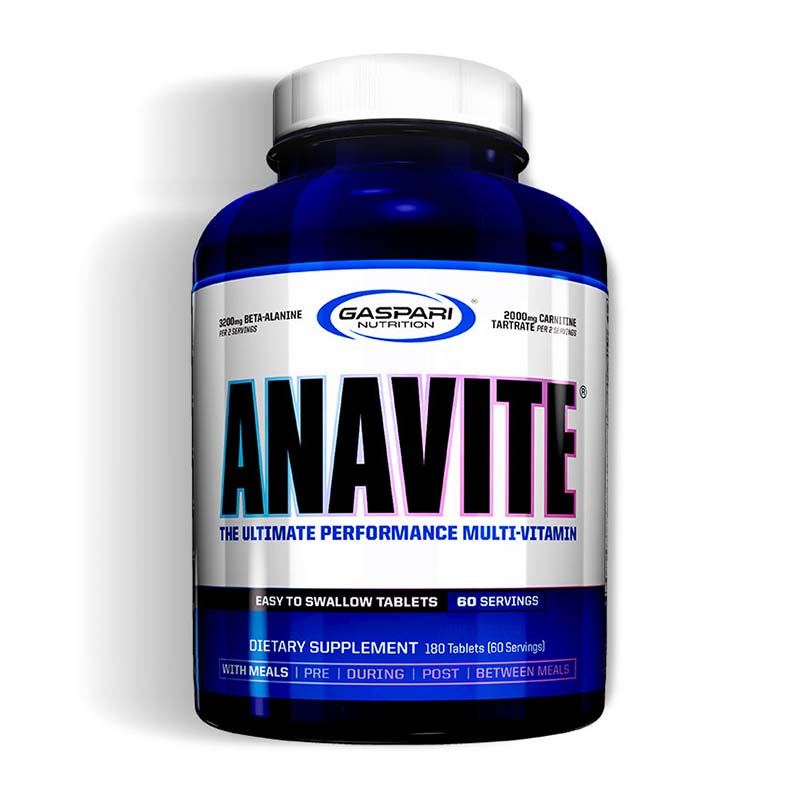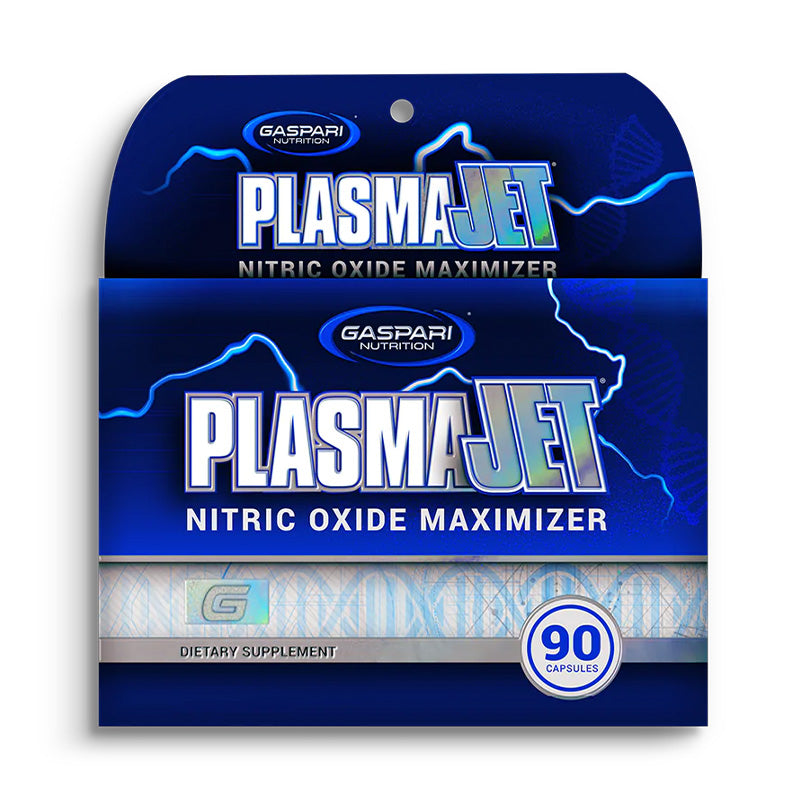
How to Feed Your Muscles and Activate Growth! デカくなる秘訣!
25 June 2019
Share
For the most part when it comes to weight management most athletes and the general public are concerned with maintaining or weight loss, however, there is a population of athletes, "Bodybuilders," who are interested in gaining weight and increasing muscle mass, serious muscle mass.
When it comes to bulking up, It is not desirable to gain fat which is why strategies should be focused on the increase of muscle. By increasing muscle mass, the athlete or competitor not only accomplish their goal of gaining muscle but also becomes stronger, thereby increasing his or her strength to weight ratio, a desirable training adaptation for most athletes and bodybuilders.
When you gain weight by process of fat gain you actually decrease your strength to weight ratio, so it's imperative that weight gain should be aimed at the increase of muscle tissue, not the jelly jelly.
There are 3 main requirements for increasing body mass in the form of muscle:
- Proper application and execution of a strategic resistance training program
- Maintaining a positive energy (calories) balance
- Maintaining a positive nitrogen (protein) balance
How to properly apply a resistance training program to build muscle.
Resistance training is effective for improving muscle mass, strength, and power. Bodybuilders know that it can also strengthen connective tissues such as tendons, ligaments, and bones, thus decreasing the risk for injury. Not all resistance training methods produce the same results.
There are a few key elements that must all be taking into consideration to an approach to strength training.
- Type of exercise performed
- The amount of weight lifted
- The number of sets completed for each exercise
- The number of repetitions in each set
- The total number of sets completed for each exercise
- The amount of rest taken between sets
All of these variables can affect the outcomes of resistance training programs.
In order to increase muscle mass using strength and resistance training is that you must challenge the muscles to work against resistance to which they are not accustomed. One of the most basic principles of training, known as the “overload principle,” states that resistance training must place a greater than normal stress on the muscle cells to stimulate growth adaptation.
When the muscle is challenged to contract against a specific load of resistance, the muscle cells respond and are triggered to grow.
Training for muscle hypertrophy is a lot different than training for strength or maximal power. A solid program should include all major muscle groups with a frequency of twice per week with loads minimum to 8 repetitions and no greater than 12 repetitions per set.
3-5 sets should be performed for each exercise. Athletes need to allow up to 48 hours between workouts so that the muscle can recover and adapt to the training.
As the muscle adapts and gets stronger, the amount of weight lifted should be increased so as to keep the repetitions between 8 and 12. By progressively increasing the loads the muscle continues to be stressed therefore they will continue to grow.
This is often referred to as “progressive” or “progressive overload “ training.
How to Achieve a positive energy balance?
Now we know how to stimulate the muscle to adapt to stress which in turn triggers the body to grow larger, and stronger muscles for the future.
The second requirement for building muscle is the importance of maintaining a positive energy balance. Basically, you have to eat more calories than you burn for muscle gains to occur.
You can achieve this simply by eating more meals, training less frequently, or both. Remember its important for bodybuilding to know what exactly your total energy expenditure is.
Your body needs fuel to move, breath, and function. Bodybuilding requires a lot of energy to generate the amount of volume needed for hypertrophy, therefore, you need to be eating enough food (extra calories)
Sometimes it's not easy to get enough calories through food which is why bodybuilders for decades have relied on Supplements.
You can go here to browse our selection of the most effective supplements and stacks for building serious muscle mass. Get 10% off your purchase using code BLOG10 at checkout.
Even if you were to sit down and do nothing, your body would still need energy and thus, would still be burning calories.
This is called your basal metabolic rate, and it's important to know what this is. It's your baseline, your foundation to maintaining your lean body mass at rest.
Time and time again most amateur bodybuilders ask how to get bigger, they claim to be eating enough carbs and proteins, but come to find out after having them calculate their BMR they are not even eating enough CALORIES to support their lean body mass.
Now there are probably 5 different ways to calculate energy needs. I could name them all and explain each one in detail but you and I got other things to do today.
One way I like to calculate my needs for calories is the Mifflin-St. Jeor Formula, which is a tested and accurate method.
FOR MEN
10 x weight (kg) + 6.25 x height (cm) - 5 x age + 5
FOR WOMEN
10 x weight (kg) + 6.25 x height (cm) - 5 x age - 161
Once you have your Basal Metabolic Rate (BMR) you now have to add in your activity level because like I mentioned above, bodybuilding requires energy.
Eating fewer calories than burning puts your body into a calorie deficit and would be losing weight, however, add in the activity level of bodybuilding and you are now burning more calories than your lean body mass requirement, creating a huge deficit, and when this happens your body eats its own muscle tissue for energy.
So now we calculate your daily calorie requirement, an estimation that takes into account your "activity variable." Your activity variable is a multiplier set by the level of lifestyle tasks and amount of exercise performed.
Average Activity Variables:
1.2 = Sedentary (desk/office jobs, or jobs that require sitting)
1.3 = Lightly Active ( light daily activity and light exercise 1-3 days a week)
1.5 = Moderately Active ( moderate daily activity and moderate/hard exercise 4-5 days a week)
1.7 + Very Active (physically demanding lifestyle and rigorous exercise aka bodybuilding 6-7 days a week)
1.9 + Extremely Active ( Athletes in Endurance training or a Very Rigorous physical job)
Now we calculate how many calories you need to maintain muscle mass.
BMR x Activity Variables
EXAMPLE
A 25 years female weighing 50 kgs and 154 cms tall will have a BMR rate of? Resistance training 6 days a week with fasted cardio.
FEMALE
10 x weight (kg) + 6.25 x height (cm) - 5 x age - 161 =
10 x 50 + 6.25 x 154 – 5 x 25 - 161 = 1,176.5
NOW to find our Total Daily Calorie Needs.
BMR x Activity Variable
1,176.5 x 1.7 = 2,000 Kcal per day.
Approximately 2,300-3,600 calories above current requirements are needed to build 1 pound of muscle mass. However, the body will not just make muscle because extra calories are consumed in the diet.
The extra calories must be combined with the stimulus for muscle growth, in this case, hypertrophy training.
A study was conducted involving athletes who consumed an extra 500-2,000 calories per day showed only 30-40% of the weight gained was lean body tissue. The leftover calories were stored as energy, usually in the form of fat.
Basically consuming large amounts of food will not result in increased muscle mass beyond heavy resistance training.
The overall goal should be to consume enough calories to cover the body's need for protein synthesis without exceeding calorie requirements.
For new bodybuilders, don't be fooled by the claims that someone gained 20lbs of muscle in 30 days, weight gain in the form of muscle is a gradual process.
A goal of gaining 1 pound per week is generally considered appropriate and long-lasting. Any form of weight gain beyond that is most likely water retention in the muscle cell.
Generally, consuming an extra 300-500 calories per day could provide for a weight gain at a rate of 1 pound per week. If you feel you are a "hard gainer" you could increase your intake beyond 500 using a Meal Replacement Drink.
You can go here to browse our selection of the most effective supplements and stacks for building serious muscle mass. Get 10% off your purchase using code BLOG10 at checkout.
Consuming an extra 300-500 is easy to achieve and can be done so without the feeling of being overly full and uncomfortable from too much food.
Now the calories are important but it's only half the solution for building muscle tissue, the other component is the composition of the calories.
The majority would argue you need protein and that is true as I mentioned in my last blog "The essentials of building muscle and burning fat", however the most critical energy source for stimulating protein synthesis are carbohydrates and prevention of muscle breakdown for energy.
Thus, for mass building, 55-60% of additional calories should be from carbs. An estimate of 165-300g of carbs, depending on the individual is a general target range.
How to achieve a positive nitrogen balance.
Protein baseline needs for bodybuilders is obviously greater than the general sedentary population. The body will use the protein as needed, find out more protein if you read our blog "The essentials of building muscle and burning fat"
Some of the protein will be used and energy and some will be used for muscle hypertrophy.
The recommended protein intake for bodybuilders ranged from .7-1 gram per pound body weight or 1.6-2.2g per kilogram body weight.
This range will give the body enough protein to place the athlete in a state of positive nitrogen balance.
When we consume dietary protein, the body is constantly breaking down foods into amino acids to be resynthesized.
Nitrogen balance is important and occurs in the body when the dietary input of nitrogen equals the output of nitrogen.
Basically, protein loss from mechanical breakdown is replaced with equal protein from diet and supplementation.
The majority of our proteins are lost through cellular metabolism. When proteins are broken down into aminos, those amino acids are broken down even more but cleaving off the nitrogen molecule.
This nitrogen is lost form the formation of urea in the liver or as ammonia.
Having a greater intake of dietary protein and amino acids than the protein loss results in a positive nitrogen balance, signaling the body to make lean tissue.
If you find yourself in a negative balance, the body will start mobilizing proteins for energy and take those amino acids from your own muscle tissue. This is an important reason why I supplement with Essential Amino Acids.
You can Click Here to see our selection. Save 10% on any order, Use BLOG10 at checkout.
Building protein in the form of muscle is simple yet complicated at the same time. The key takeaways are to just follow the 3 requirements for protein synthesis and be patient with your progress.
- Proper application and execution of a strategic resistance training program
- Maintaining a positive energy (calories) balance
- Maintaining a positive nitrogen (protein) balance
Every 3 weeks re-evaluate your caloric and macro needs to make the necessary adjustments. You will see significant progress if you stay consistent trust the process.
You can check out our online store! BodiCafe.com
Save 10% your entire order using code: BLOG10 at checkout
Looking for more aid in your nutrition? Try one of our anabolic muscle stacks, turn your body into a muscle building machine and prevent the catabolic breakdown of tissues.
Our Mass Pro Stack by Centurian Labs is perfect for the hard gainer, or individual wanting to speed up their muscle building process.
You can compliment this stack using our favorite products for
Pre/Intra workout Stack By Gaspari Nutrition
ボディビルダーになりたい、フィジーカーになりたい、ビキニコンテストに出たい、かっこいい身体になりたいなどなどの目標を実現するにはまずは筋肉をデカく育てなければならない。そのためには何をしたらいいのか?答えは意外と簡単次の3条件まずはチェック、
- 正しいトレーニング
- 摂取カロリーが消費カロリーよりも多いこと。
- タンパク質が十分にとれて身体の窒素バランスがプラスになっていること。
正しいトレーニングとは?
簡単に言うと8から12回目を全身全霊の力でウェイトが挙上できるかできないかというセットを3-5セット。各筋肉部位に対して3から6種目行う。その後48時間を回復に充てる。
摂取カロリーが消費カロリーよりも多いこと。
まずは自分の基礎代謝を知る必要がある、基礎代謝とは安静時にどれくらいカロリーを消費しているかで人間は寝ているときも生命維持のためにカロリーを消費している。ここで自分の基礎代謝を計算してみよう。
次に活動量を基礎代謝に掛け算すると自分が一日に消費しているカロリーをおおよそ知ることができる。上に示したハードなウェイトトレーニングを週に3,4回行っている場合は活動量1.5、週6日のウェイトトレーニング実施の場合1.7、コンテスト前などウェイトトレーニング+有酸素運動を行っている場合の活動量は1.9となる。
体重95㎏の筆者の場合リンクから計算すると基礎代謝は1891kcalとなった。これに活動量1.7をかけると3214kcalこれが一日のおおよその消費カロリーということになる。筋肉を増やしていくためにはこの20%から30%余分にカロリーを摂取する必要があるので約4200kcalが必要である。これだけのカロリーをいわゆるクリーンな食事から摂取するのは思ったより大変である。1日6,7回の食事は必須となる。ここで活躍するのがミールリプレイスメントやウェイトゲイナーである。これらを間食として一日2-4回摂取することによって簡単便利に栄養・カロリーが摂取できる。
タンパク質が十分に取れて身体の窒素バランスがプラスになっていること。
筋発達のために必要なタンパク質量は体重の3,4倍である。体重95㎏の筆者の場合380gのタンパク質を一日にまんべんなく摂取することになる。鳥肉、牛肉、豚肉、卵、乳製品など様々な食材からタンパク質を摂取することが望ましい。必要であればプロテインパウダーを有効に使うことをおすすめする。
ブログを読んだ方は注文時にディスカウントコード「Blog10」を入力して10%割引!
Prev post

Are you always tired? Free yourself from Fatigue! 最近疲れてない??
Updated on 27 June 2019
Next post

The Essentials of Building Muscle and Burning Fat 必須アミノ酸はやはり必須!
Updated on 21 June 2019






















